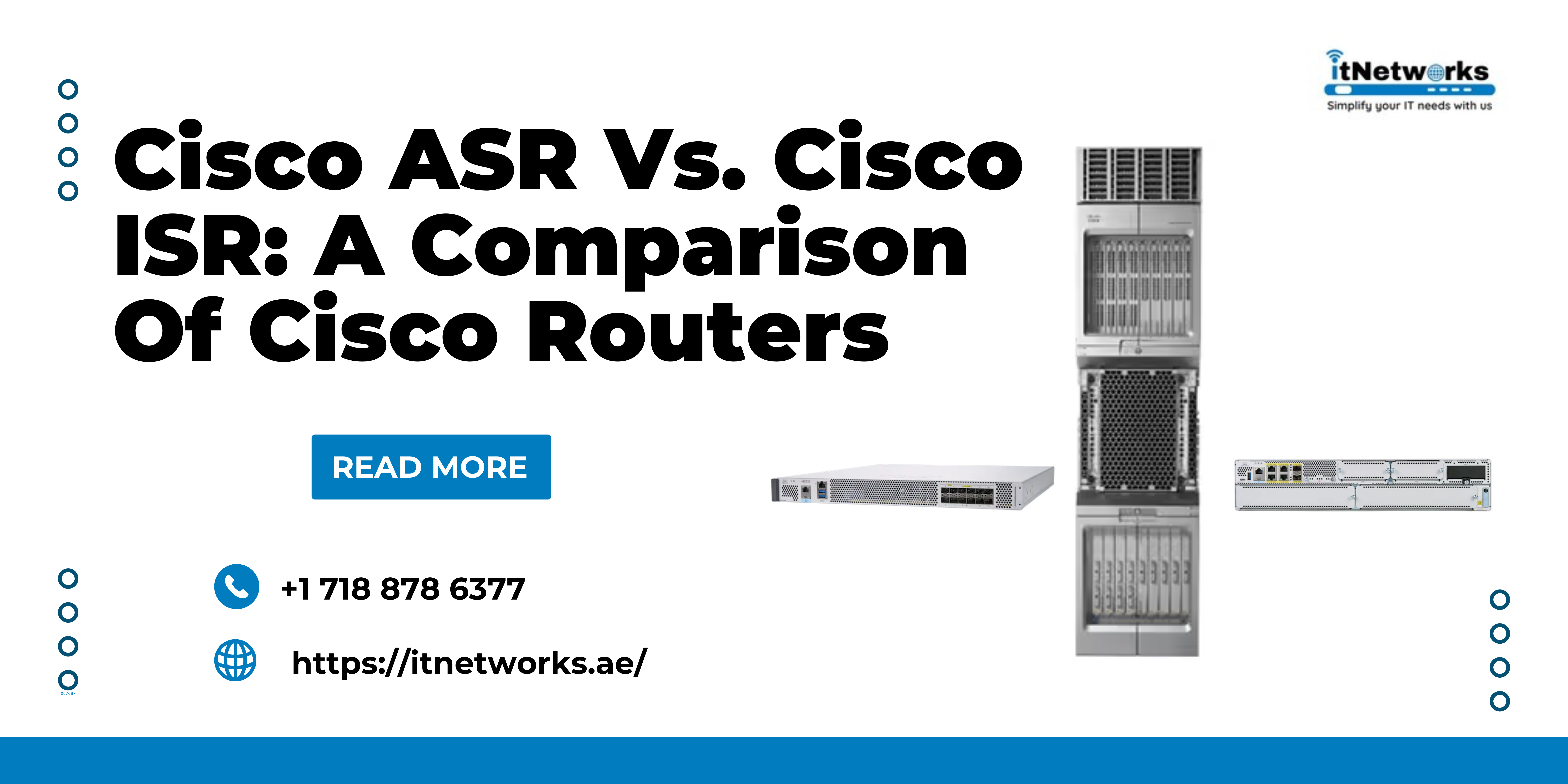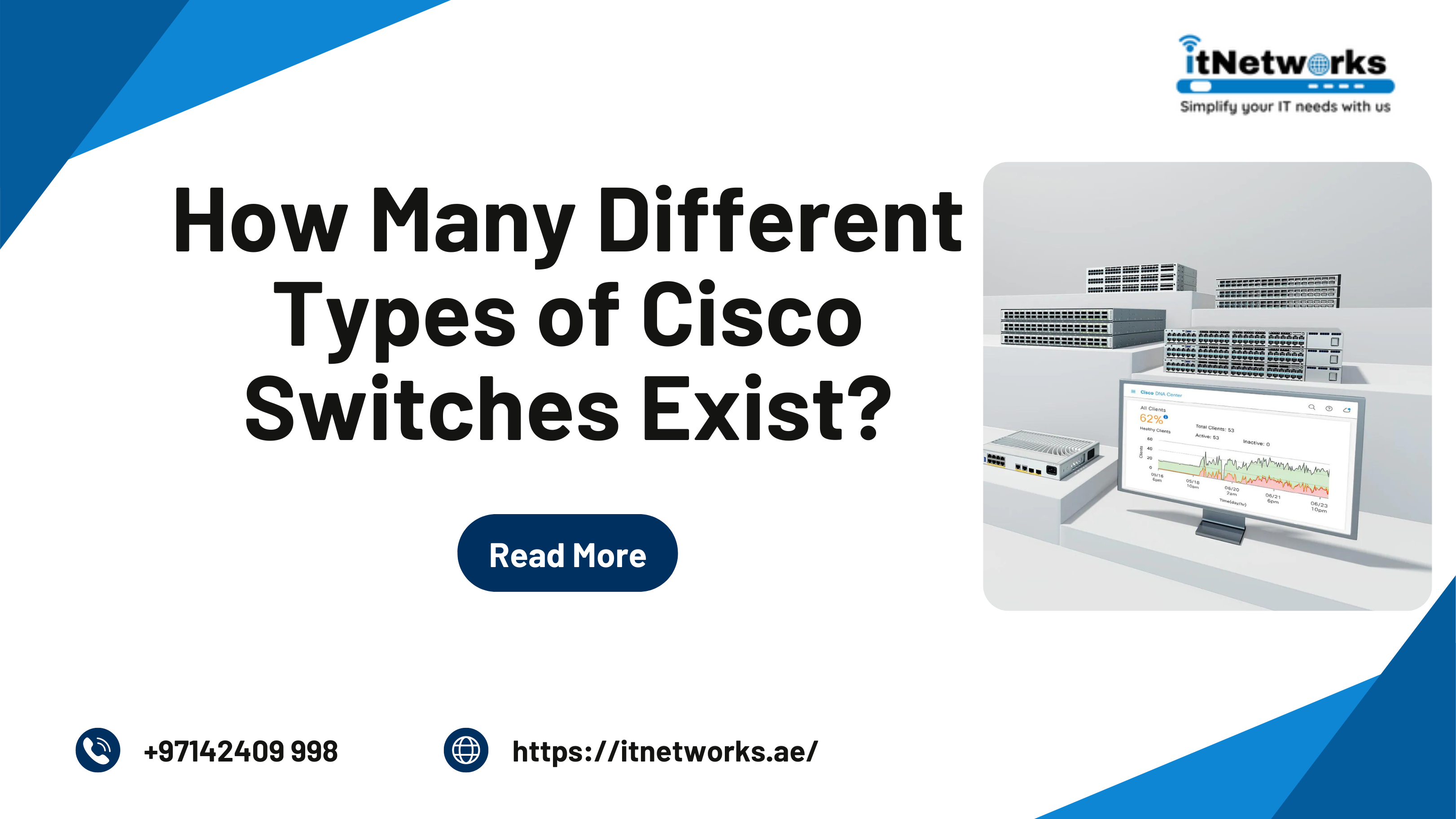Are Network Architecture and Network Topology the Same Concepts?
No, both network architecture and network topology are different concepts. To help you better understand these concepts, today, we are going to discuss network architecture and network topology in detail.
Network Architecture
What is network architecture?
The term "network architecture" pertains to the arrangement of network devices and services that cater to the connectivity requirements of client devices. These network devices often consist of switches and routers, while the services offered may include DHCP and DNS. On the other hand, client devices encompass end-user devices, servers, and smart devices.
What is the need for different network architectures?
The purpose of computer networks is to fulfill the needs of their clients. There are three primary types of enterprise networks, namely:
- Access networks designed for campuses and branches to enable the inclusion of users and devices, such as linking employees within a single office building.
- Networks intended for data centers that connect servers hosting data and applications and make them available to users.
- Wide-area networks (WANs) that establish connectivity between users and applications, frequently over long distances, like connecting healthcare personnel to health-related software.
All networks, including these three, are vulnerable to different security threats that require protection. Thus, each network type has its distinct architecture to accommodate these various requirements.
Are existing network architectures effective?
In today's world, networks are expected to perform more than ever before to meet the demanding requirements resulting from technology advancements and digital transformation initiatives. Access networks must verify, authenticate, and authorize user devices and smart devices before allowing them to connect. Data center networks must connect applications across multiple data centers and clouds. WANs must minimize expenses and improve the user experience when delivering distributed applications to dispersed users.
Moreover, networks must be flexible, adaptable, and in sync with business needs. The traditional, labor-intensive techniques of managing computer networks are unsustainable. New methods are necessary that involve transformative changes in how networks are constructed.
What does a modern network architecture involve?
The industry is presently utilizing architectures that simplify the task of constructing and maintaining computer networks suitable for the digital age. Among the various vendors, only Cisco provides a comprehensive range of contemporary network architectures for access, WAN, data center, and cloud.
Internet Based Networking (IBN)
An intent-based network utilizes an organization's high-level objectives as input and configures the network to achieve these goals. This is achieved by extensively automating operations, analyzing network performance, identifying areas of concern, ensuring comprehensive security, and integrating with business processes.
Networking Controllers
Network controllers are the building blocks of intent-based networking and play a crucial role in scaling and securing networks in the digital age. These controllers significantly simplify network operations and enable organizations to respond promptly to evolving business needs. They automate networking functions by translating business objectives into device configurations and continuously monitor network devices to ensure optimal performance and security.
Domains for Multiple Networks
In an enterprise, several networks communicate with one another via their controllers. These cross-network integrations, also known as multidomain integrations, typically involve the exchange of relevant operational parameters to ensure that desired business outcomes spanning multiple networking domains are achieved.
Network Topology
What is network topology?
The arrangement of nodes, switches, and routers and how they are interconnected, as well as the flow of data, are depicted by network topology, which describes both the physical and logical structure of a network. By mapping out endpoint locations and service requirements, it becomes possible to identify optimal node placement to enhance traffic flows.
What is the use of network topology?
An effectively designed network topology can enhance user experience and enable administrators to optimize performance in accordance with business requirements. Selecting an appropriate topology makes it easier to identify faults, troubleshoot issues, and share resources within networks.
By implementing a well-managed network topology, a business can improve the efficiency of its data transfer, which, in turn, results in reduced maintenance and operational costs.
What are different network topologies?
There are typically two types of network topologies:
Firstly, the physical (or underlay) topology, which illustrates the actual physical connections between network components such as wires, cables, and device placement.
Secondly, the logical (or overlay) topology, which demonstrates how data moves throughout the network and between devices, regardless of the physical connections between them. While the logical topology utilizes the physical connections to transfer data, the actual flow of data is determined by the logical configuration, not the physical connections.
IT engineers must assess the appropriateness of a selected topology for the network's intended use, taking into account factors such as the required size and scope to achieve business objectives, as well as the available budget. Additionally, performance needs and redundancy requirements must be considered.
Furthermore, scalability is a critical factor. If the company is expanding and intends to increase the size or complexity of the network, organizations should consider opting for a network topology that is more adaptable to modifications.
For more information on networking and related concepts, stay tuned with IT Networks. To buy networking products from top brands such as Cisco, Fortinet, Juniper, and SonicWall, please contact us via WhatsApp at +971585811786.





